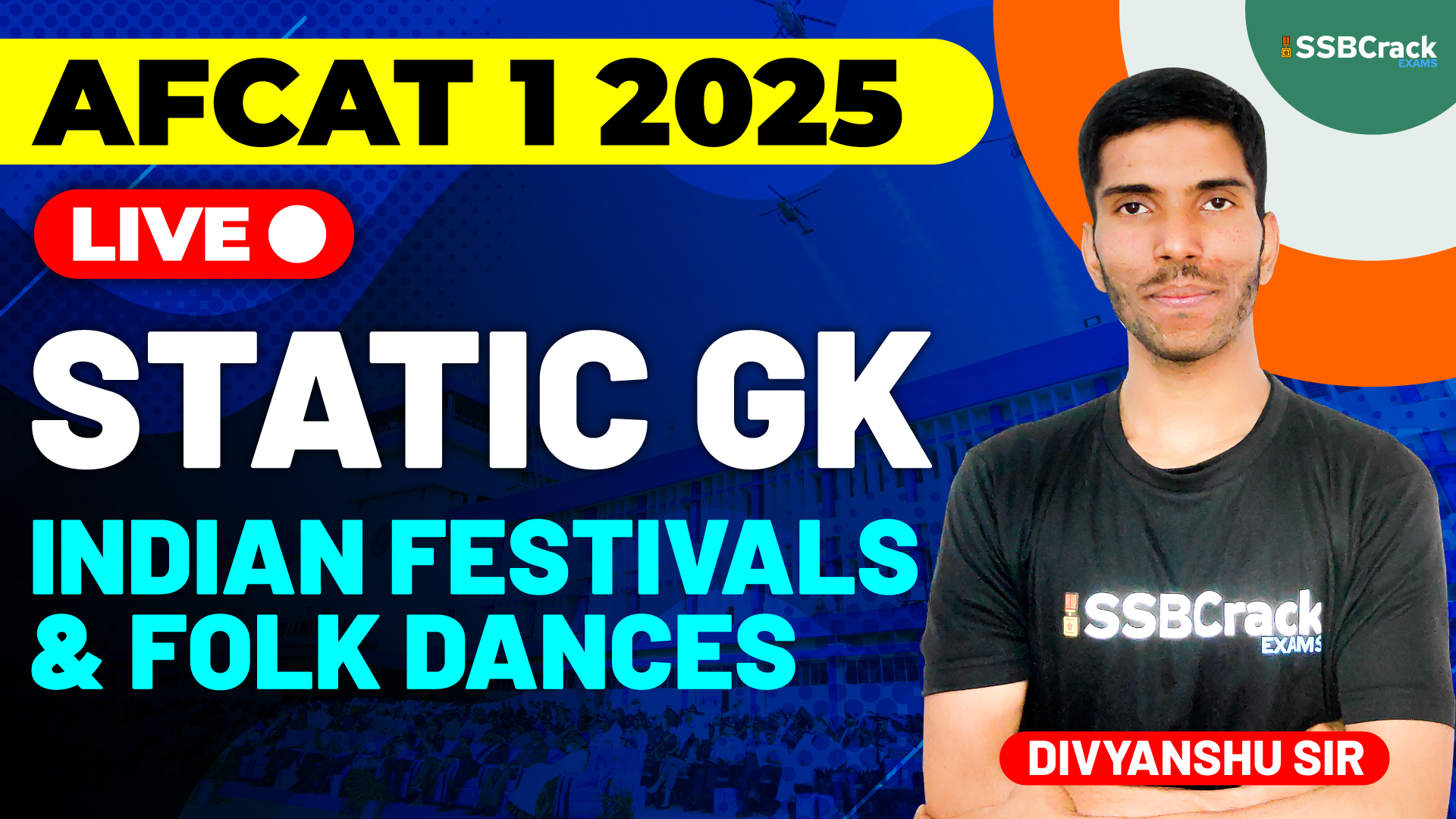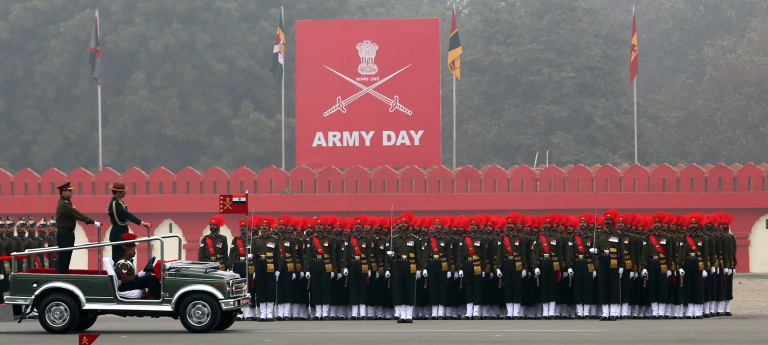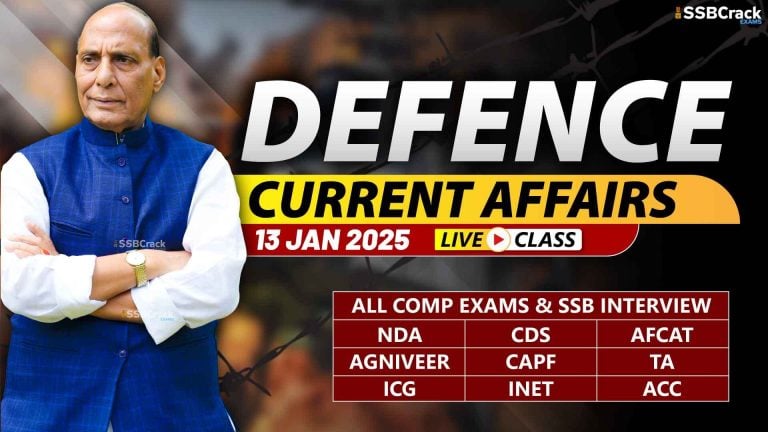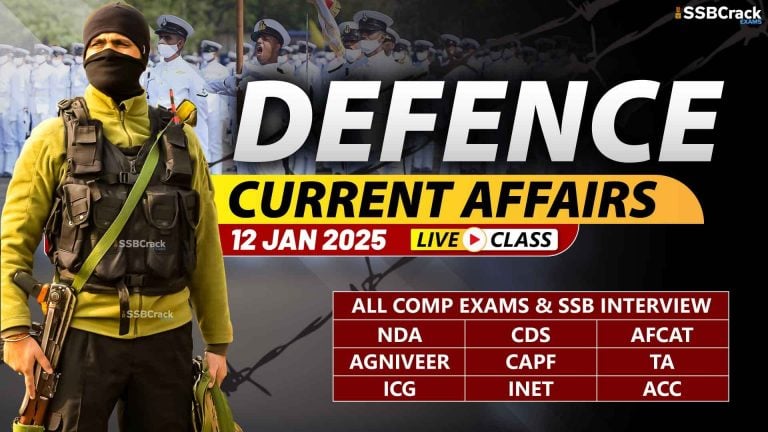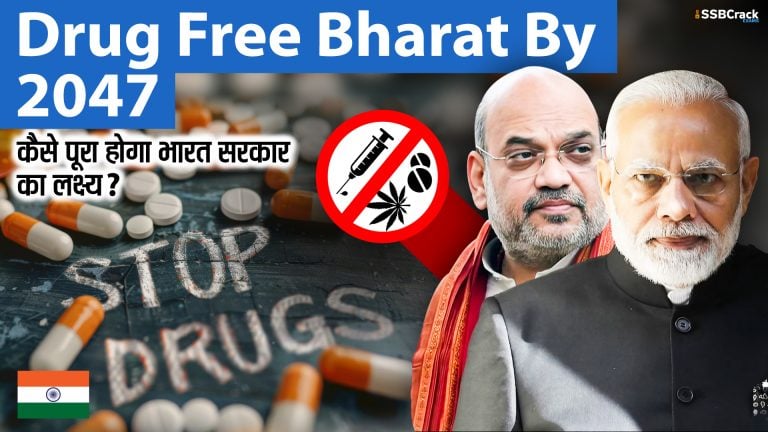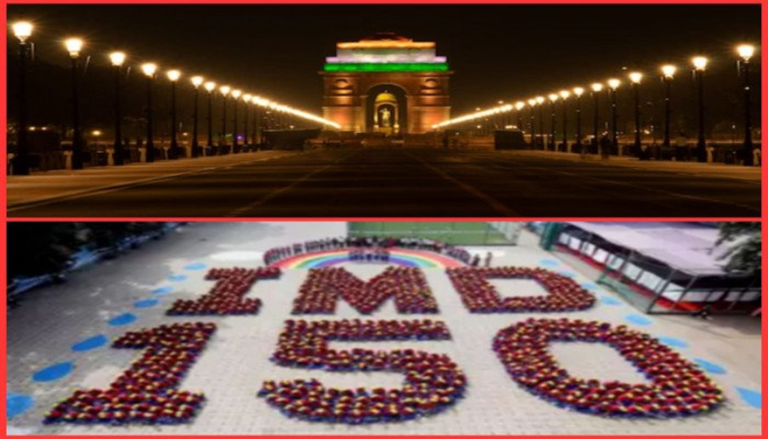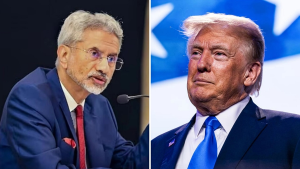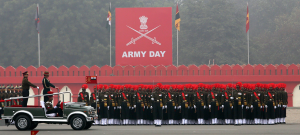The AFCAT (Air Force Common Admission Test) 2025 exam is a highly competitive exam, and aspirants are tested on various aspects of general knowledge, including Indian culture and heritage. A crucial part of this is knowing about Indian festivals and folk dances, which reflect the country’s rich cultural diversity. This article provides a comprehensive overview of the most significant festivals and folk dances that candidates should focus on for the AFCAT 1 2025 exam.
AFCAT 1 2025 Exam Static GK Indian Festivals & Folk Dances
Indian Festivals
India is known for its vibrant and diverse festivals, which are celebrated across various regions, communities, and religions. Understanding these festivals is important for AFCAT aspirants as questions related to cultural heritage are often asked in the General Awareness section.
1. Diwali
- Type: Hindu Festival
- Significance: Diwali, the festival of lights, is celebrated across India and symbolizes the victory of light over darkness and good over evil. It marks the return of Lord Rama to Ayodhya after defeating Ravana.
- Key Celebrations: Lighting oil lamps (diyas), bursting crackers, decorating homes, and exchanging sweets.
2. Holi
- Type: Hindu Festival
- Significance: Holi is known as the festival of colors and celebrates the victory of good over evil. It marks the arrival of spring and commemorates various Hindu legends, including the story of Prahlad and Holika.
- Key Celebrations: Throwing colored powders (gulal), dancing, and festive food like gujiya.
3. Eid-ul-Fitr
- Type: Islamic Festival
- Significance: Eid-ul-Fitr marks the end of Ramadan, the holy month of fasting in Islam. It is a festival of thanksgiving to Allah for the strength and endurance shown during the fasting period.
- Key Celebrations: Offering special prayers, giving alms (zakat), feasting, and wearing new clothes.
4. Christmas
- Type: Christian Festival
- Significance: Celebrated on December 25th, Christmas marks the birth of Jesus Christ. It is a major festival for Christians around the world and in India.
- Key Celebrations: Attending midnight mass, decorating Christmas trees, exchanging gifts, and singing carols.
5. Baisakhi
- Type: Sikh and Hindu Festival
- Significance: Baisakhi is celebrated in Punjab and marks the beginning of the harvest season. It also commemorates the formation of the Khalsa by Guru Gobind Singh in 1699.
- Key Celebrations: Baisakhi fairs, performing bhangra and gidda dances, and visiting gurudwaras.
6. Pongal
- Type: Tamil Festival
- Significance: Pongal is a four-day harvest festival celebrated in Tamil Nadu, thanking the Sun God for the harvest. It coincides with Makar Sankranti, which is observed across India.
- Key Celebrations: Boiling the first rice of the season, decorating cattle, and traditional dances.
7. Durga Puja
- Type: Hindu Festival
- Significance: Celebrated predominantly in West Bengal, Durga Puja marks the victory of Goddess Durga over the demon Mahishasura. It is a grand festival lasting several days.
- Key Celebrations: Worshipping beautifully crafted idols of Goddess Durga, organizing cultural performances, and processions.
List of Festivals of India
| State | Main Festivals |
| Gujarat | Modhera Dance Festival, Saptak Music Festival, Kite Festival, Holi, Navratri. |
| Haryana | Baisakhi festival, Surajkund Craft Mela |
| Assam | Majuli festival, Dehing Patkai Festival, Ambubasi festival, Bohag Bihu, Baishagu festival. |
| Jharkhand | Sarhul, Dansi, Karma, Hal Punhya, Rohin, Bandna. |
| Goa | Ladainha, Fontainhas Festival of Art, sunburn festival, Mando Festival, Ghumot fest, Chikalkalo, Gokul Ashtami, a feast of St. Francis Xavier |
| Bihar | Bihula, Chhath Puja, Rajgir Dance festival, Madhushravani, Sama Chakeva, Jivitputrika. |
| Madhya Pradesh | Tejaji Fair, Khajuraho festival. |
| Jammu and Kashmir | Dosmuchey festival, Matho Narang, Gemis Festival, Galdan Namchot. |
| Odisha | Konark festival, International sand art festival. |
| Karnataka | Pattadakal Dance festival, Gudi Padwa. |
| Kerala | Onam, Nishagandhi festival, vaikathashtami festival. |
| Rajasthan | Bundi Utsav, Desert festival, Gangaur Festival, Matasya festival, Braj festival, Shekhawati festival. |
| Maharashtra | Kalidas festival, Chikoo Utsav, Dipawali. |
| Tamil Nadu | Pongal, Thaipoosam, Jallikattu festival, Natyanjali festival. |
| Telangana | Bonalu, Ugadi, Bathukamma, Kothakonda Jatara |
| Mizoram | ChapcharKut Festival |
| Nagaland | Hornbill Festival, Moatsu festival. |
| Uttar Pradesh | Kumbh Mela, Ram Leela. |
| Punjab | Lohri. |
| Manipur | Yaoshang, Chavang Kut, Bihu, Porag. |
| Sikkim | Saga Dawa |
| West Bengal | Durga Puja, Nandikar National Theatre festival. |
| Delhi | Qutub Festival, Bharat Rang mahotsav, Sabrang Utsav, Siffcy, Jahan-e-Khurau |
| Tripura | Kharchi Puja |
| Arunachal Pradesh | Solung, Losar Festival, Murung, Reh, Mopin, Boori Boot, Monpa festval. |
| Uttarakhand | Ganga Dusshera |
| Meghalaya | Wangala Festival, Ahaia festival, Nongkrem Dance Festival, Bob Dylan festival. |
| Andhra Pradesh | Brahmotsavam, Sri Rama Navami, Deccan festival, Ugadi or the Telugu New Year, Dasara, Durga festival. |
Indian Folk Dances
Folk dances in India are an expression of the cultural and traditional vibrancy of its various regions. These dances often celebrate harvests, religious events, and community occasions, and they are rich in folklore and symbolism.
1. Bhangra
- Region: Punjab
- Significance: Bhangra is a popular folk dance performed during harvest festivals like Baisakhi. It is characterized by high-energy movements and rhythmic beats of the dhol.
- Key Features: Men wear vibrant costumes and perform with exuberant gestures, usually accompanied by traditional music.
2. Garba
- Region: Gujarat
- Significance: Garba is a traditional dance performed during Navratri, dedicated to Goddess Durga. It is known for its circular movements and is accompanied by devotional songs and rhythmic clapping.
- Key Features: Dancers perform in a circular formation, and the dance symbolizes the cycle of life.
3. Kathakali
- Region: Kerala
- Significance: Kathakali is a classical dance-drama known for its elaborate costumes and intricate facial expressions. It depicts stories from Hindu epics like the Ramayana and Mahabharata.
- Key Features: Performers wear heavy makeup and ornate costumes, and the dance is highly stylized, with intricate hand gestures (mudras).
4. Ghoomar
- Region: Rajasthan
- Significance: Ghoomar is a graceful folk dance performed by women during festivals like Teej and Diwali. The dance is marked by elegant twirling movements, which showcase the traditional attire of the region.
- Key Features: The dancers wear colorful ghagras (skirts) and perform in circles while singing traditional songs.
5. Lavani
- Region: Maharashtra
- Significance: Lavani is a folk dance that combines traditional music and dance to tell stories of love, devotion, and social issues. It is performed during festivals and is known for its energetic rhythm.
- Key Features: Lavani dancers wear nine-yard saris and perform with quick footwork and powerful expressions.
6. Yakshagana
- Region: Karnataka
- Significance: Yakshagana is a traditional dance-drama of Karnataka that narrates stories from Hindu mythology. It is performed during religious festivals and temple fairs.
- Key Features: The performers wear dramatic costumes and makeup, and the dance includes elaborate footwork, singing, and dialogue delivery.
7. Rouf
- Region: Jammu & Kashmir
- Significance: Rouf is a traditional folk dance performed by women during the festivals of Eid and other celebrations. It is performed in rows with synchronized foot movements.
- Key Features: Rouf dancers wear traditional Kashmiri attire and the dance is accompanied by folk songs.
Conclusion
For the AFCAT 1 2025 exam, having a sound understanding of India’s cultural heritage, including festivals and folk dances, is essential for success in the General Knowledge section. Candidates should focus on memorizing the significance, region, and key features of major festivals and dances, as these topics are likely to be asked in the exam. India’s festivals and folk dances are a testament to the country’s diversity and rich cultural fabric, and knowledge of these aspects will not only help in the exam but also broaden one’s appreciation of India’s unique traditions.
